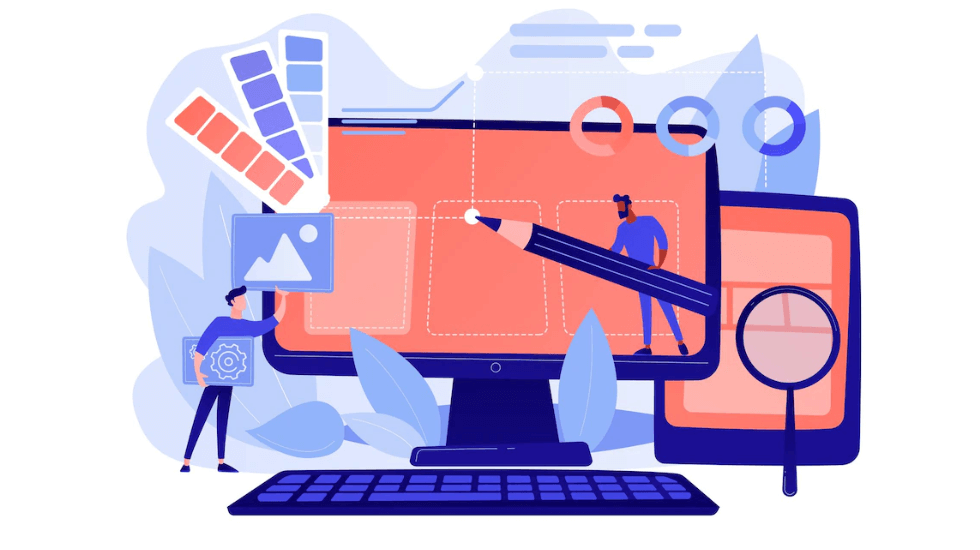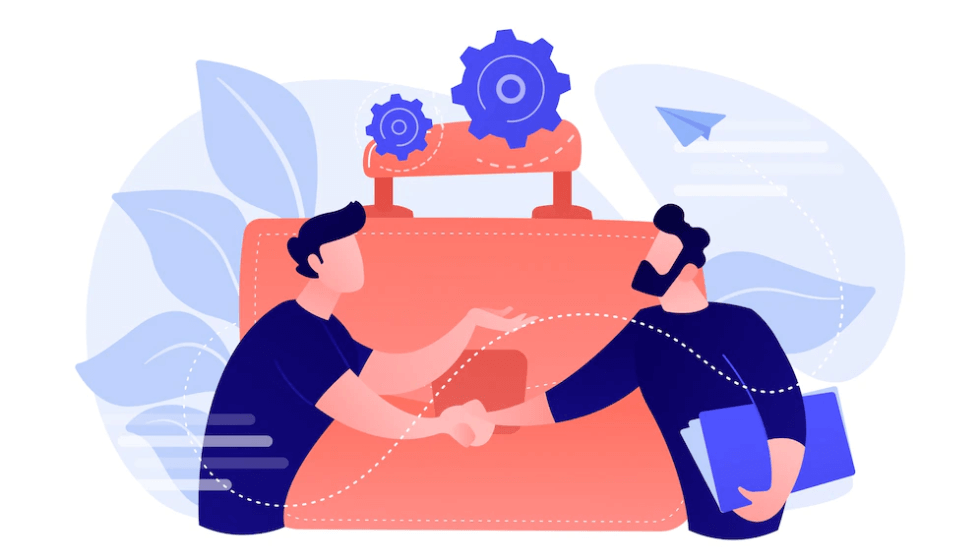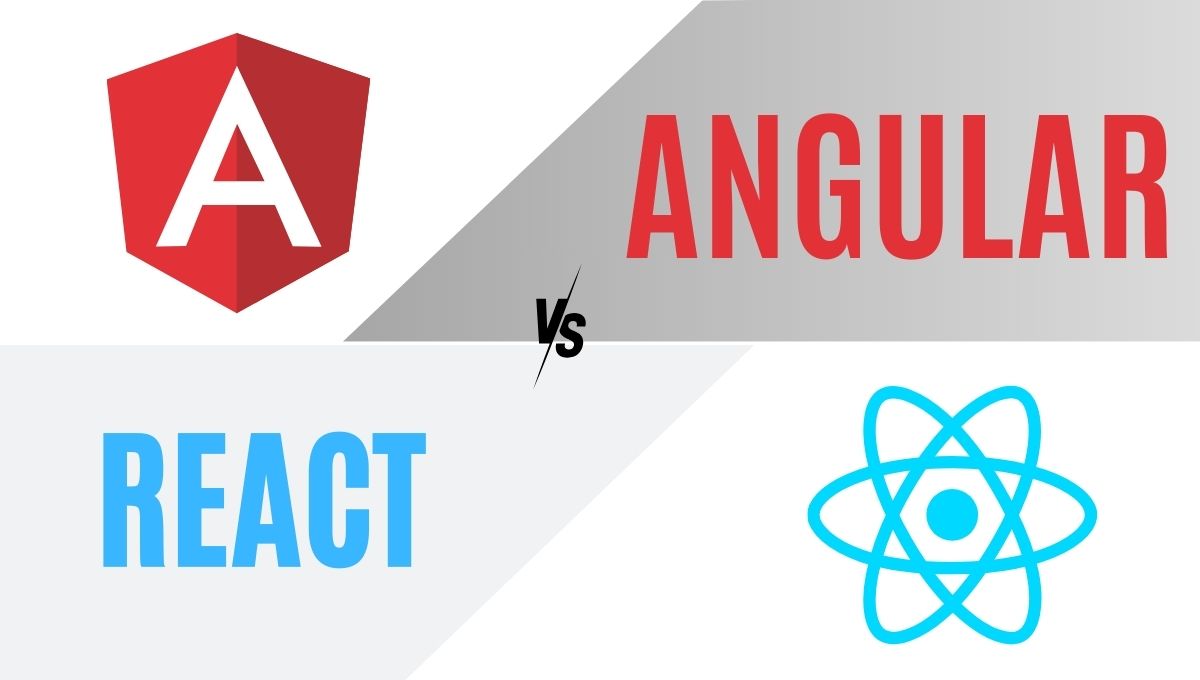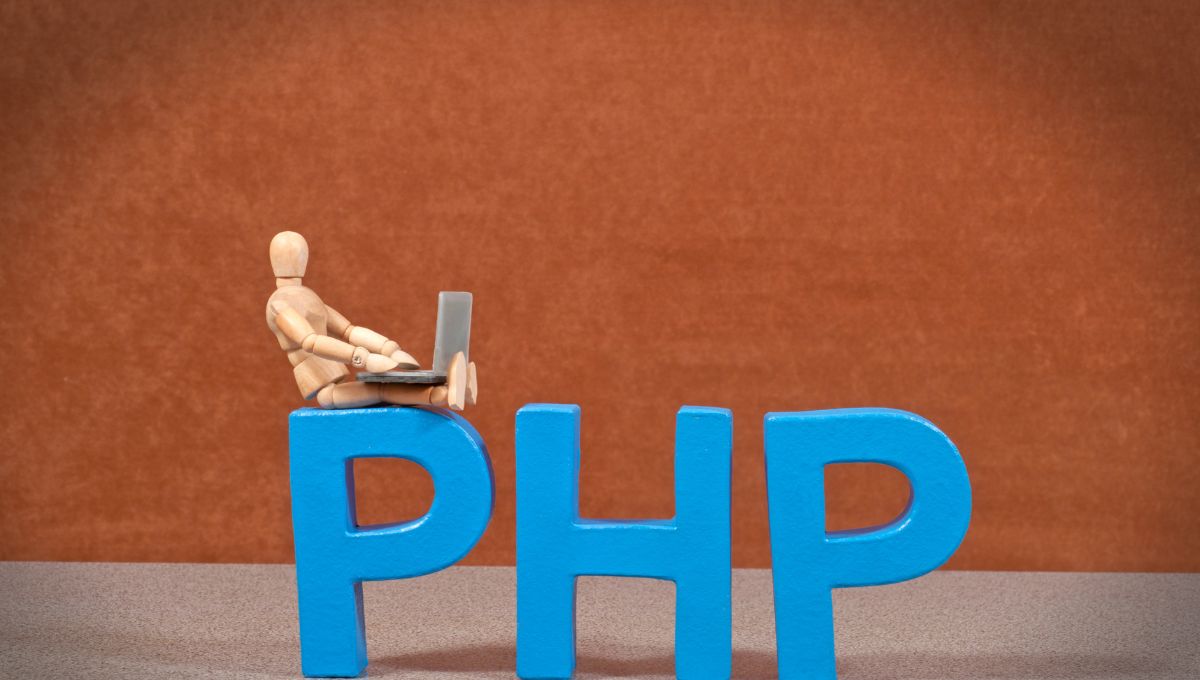In order to establish a brand, you need to be recognizable. And what better way to make your mark on the world and be remembered than with a good logo?
But, to create a logo, you’ll need to hire a graphic designer or, rather, a graphic design team/agency. These skilled men and women will make sure your logo conveys your message to the world in a fun, interesting, engaging, and memorable manner.
However, graphic design goes beyond just creating logos – it is an interdisciplinary art that helped create some of the most memorable artwork for commercials, billboards and posters – all of which helped their respective brands gain the recognition they enjoy today.

[Source:Freepik ]
As such, graphic design is a complex procedure that involves very close cooperation between the client and the designer. In order to bring to bear the full impact of the design, designers and brands communicate very closely to make meaningful adjustments to the design.
These adjustments are also called design revisions.
So, what are the design revisions? How do they work? What kind of impact do they have on the design, the brand, and the designers? These questions, and more, are answered below!
What Are Design Revisions?
Let’s start from the top by answering this simple question.
Simply put, design revisions are minor or major adjustments made to a particular project. It is, more elaborately put, the process of refining a particular design in order to achieve the exact vision set by the client brand.
As we said in the intro, brands turn to graphic designers as a way to deliver clear, concise and impactful messages to their audience. You’ve more than likely seen these messages yourself – any kind of advertisement is a message, and it comes with its own set of designs meant to convey the essence of a brand in as concise form as possible.
Think of Coca-Cola – their logo, the font used, the bottle – they’re all elements meant to capture the audience’s attention and convey a message of a smooth, cold, invigorating drink.
All those designs didn’t appear overnight, however. They were carefully engineered and then revised multiple times until they conveyed the message they were designed to carry with maximum clarity and impact.
How Do Design Revisions Typically Work?
Typically, design revisions come as a form of feedback from the brand. During set timeframes, the initial design is sent for review by the client brand. During that time, the brand takes into consideration many aspects of the design, and compares it to the aspects of their own business and their industry in order to establish whether the design fits their needs.
After that, the client will, at the request of the designers, give feedback in the form of a list of revisions they’d like to be made. At that point, the designer agency will make the necessary revisions and send the design back to the brand again for revision.
This process can be repeated several times in order to perfect the final product. The revisions made can be big, small, or both.
Smaller revisions include things like changing the font, changing the colors, or tweaking certain elements of the design. These are, typically, minor details that, on the surface, don’t seem too important. However, any design is larger than the sum of its parts, and these small changes, while subtle, can have a huge impact on the overall design.
In essence, any number of changes that change up to 20% of the design are considered minor changes.
Following this logic, bigger changes are those that change more than 20% of the overall design. Bigger changes can involve adding or removing elements, completely changing the design brief, or even changing the direction of the design altogether. These changes can lead to the initial design being scrapped altogether.
Needless to say, these types of revisions are very large-scale and require a lot more time to complete than smaller adjustments. However, they’re still an important part of the design process, as a shift in tone or an added element can go a long way toward producing that perfect design.
What Comes Before Design Revisions?
We’re talking about revisions here, but it’s also important to touch upon the processes that happen before design revisions in order for us to firmly grasp the concept and importance of revisions as a whole.
When a brand approaches a design company for a design, the first thing that happens is the interview.
Say, for example, that you’re an UK-based company looking to establish operations in London. You need a website, and you need somebody to design it for you from the ground up. Naturally, you’ll approach a web design agency in the UK and begin the process of designing a website.
The first thing that’s going to happen is the aforementioned interview. This interview between you and the design company is there to act as an information-gathering ground for the design team.

[Source:Freepik]
This interview is, thus, an important part of the design, as it helps the design team learn as much about your business and your industry as possible in order to appeal in the best way possible to your target audience.
After that, the design brief will be created. The design brief is the first concept for the design, and it contains the guidelines extrapolated from the interview, as well as those laid down by the client.
Now, the design process can begin in earnest until the first draft is created, reviewed, and the revisions can begin.
How Many Design Revisions Can You Have?
This is a very important question, both for the designer and the client. Typically, designers allow two or three revisions per project.
This number seems very low. However, there is a good reason behind it.
As you might imagine, design takes time and money, and each revision made adds to those costs.
Design agencies might have multiple clients and are working on multiple projects, and they don’t exactly have the time to accommodate every whim of those clients. After all, they’re in this business to make money, and having an inefficient production cycle is hurting their ability to make it.
This is why most designers don’t allow for unlimited revisions. However, there are some out there that do, and most design agencies will advise you to stay away from those, as unlimited revisions typically means that the design team is inexperienced or simply inept, and they need many revisions because they simply can’t get things right.
However, it should be mentioned that the same thing goes for the clients. Clients who request many revisions usually don’t really know what they want to begin with, which further means that they haven’t done their market research properly. In order to avoid those clients, design agencies limit the number of revisions to, as we said, two or three per project.
What Is the Impact of Design Revisions on the Design?
The biggest impact revisions have on the design is that it’s getting perfected.
The point we’re trying to hammer home here is that brands rely on their designs a great deal to appeal to their audience. Their designs, whether logos, fonts, color schemes or anything else within that scope, are what makes the brand unique and stand out from the others in their niche.
Design revisions are, therefore, important for the creation of the ultimate design that will be memorable, easily commercialized, and easily recognized by the intended audience.
What Is the Impact of Design Revisions on the Client/Brand?
The biggest impact of design revisions on the clients is that they get to be a part of the design process itself.
Communication is of great importance when it comes to designing anything, and with proper communication, the client can help their designers create that ideal design that will capture the essence of their business.
Ultimately, creating a design is like creating a face for your business. It is important, then, that that face is perfected down to the most minute details, and smart design revisions can help you do just that.
What Is the Impact of Design Revisions on Designers?
Finally, let us discuss the other side of this coin – what kind of impact does revision have on the design team itself?
Ideally, revisions help the designer learn more about their client, and their industry as a whole, through their projects. Any revision made to a design gives new insight into who the client is, who their target audience is, and what works in their niche.
After all, both clients and designers are investing heavily in market research, and, in order to appeal to the market, revisions have to be made, from time to time, thus making sure the design hits its mark square on the head on launch.
Conclusion
All in all, design is an important part of creating a brand, and brands know this well, hence their heavy investment in graphic design.
Designers and brands have always had a close relationship, as, with proper communication, they both benefit from the deal: brands become established based on their designs, and designers have another awesome design to add to their portfolio to impress further clientele.








